Honoring Heritage Through Dual-Language Road Signs
In the small community of Lac Du Flambeau, Wisconsin, a significant cultural milestone has been reached. The Lac Du Flambeau Band of Lake Superior Chippewa Indians is taking steps to preserve and celebrate its heritage by incorporating the Ojibwe language into public infrastructure. This effort is part of a collaboration between the tribe and the Wisconsin Department of Transportation (WisDOT), resulting in the installation of dual-language road signs on tribal lands.
Before 2021, highway signs across the state were exclusively in English. However, this year, travelers passing through Lac Du Flambeau will notice an additional line on certain signs, displaying the Ojibwe language. This change is more than just a visual update—it represents a deeper commitment to honoring indigenous culture and history.
WisDOT Secretary Kristina Boardman emphasized the significance of these signs, stating that they not only identify tribal lands but also reflect the enduring strength of the local community. “These dual-language road signs are a testament to our efforts to build meaningful partnerships and show respect for the past,” she said.
The initiative is part of a broader strategy to foster stronger relationships between WisDOT and Native American communities. By integrating the Ojibwe language into public signage, the department is making a symbolic gesture of recognition and inclusion.
For the Lac Du Flambeau Tribe, the new signs carry deep cultural meaning. Tribal President John D. Johnson Sr. explained that the name of their community, Waaswaaganing, was given by the French and translates to “fishing that torch light by the night time.” He highlighted the importance of preserving such stories and ensuring that the tribe’s identity remains visible and respected.
“This unveiling of these dual-language signs means a lot for each and every one of our community members here today,” Johnson Sr. said. “It brings back some of that culture that we need in our community—something that has been taken from us in the past.”
The project goes beyond a single sign. Travelers driving through the area will find three new signs, each marking different locations within the tribal territory. These include Pokegama Lake and Fence Lake, among others.
Boardman addressed the attendees at the event, noting that the signs represent the tribal lands in the four lakes region. She emphasized that the initiative is about more than just road markers—it’s about recognizing the history and significance of the land.
Johnson Sr. shared his own experiences visiting other reservations that have implemented similar changes. He noted that these signs not only honor the land but also the roads that connect people to their heritage. For many, the presence of the Ojibwe language on public signs is a powerful reminder of their roots and a step toward cultural revitalization.
This effort underscores the growing movement to incorporate indigenous languages and traditions into everyday life. By making the Ojibwe language more visible, the community is taking an active role in preserving its identity and ensuring that future generations can connect with their ancestral heritage.
As the project continues, it serves as a model for how public institutions can work alongside Native American communities to create inclusive and respectful environments. The dual-language signs are not just a practical addition—they are a symbol of pride, resilience, and cultural continuity.

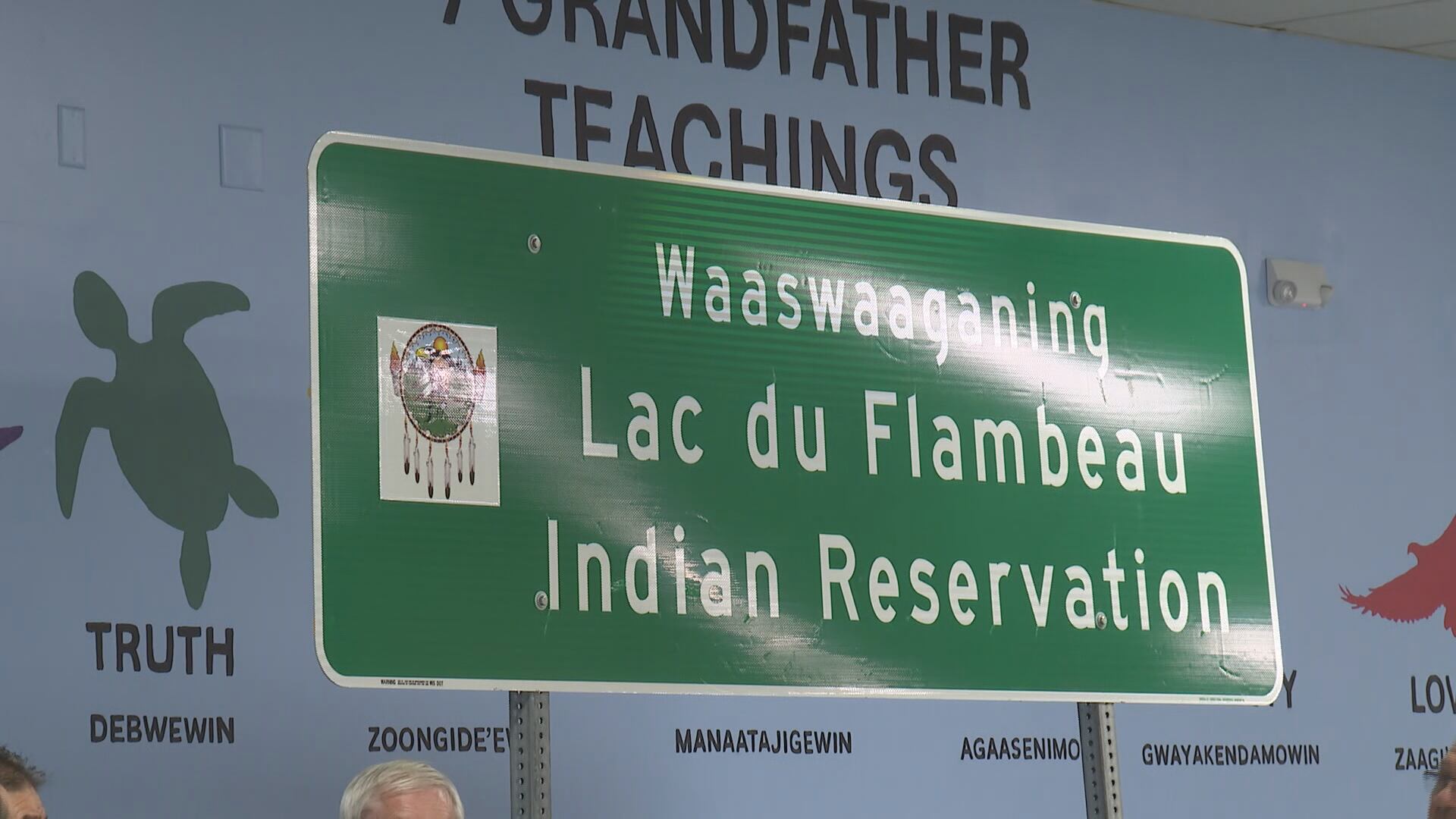

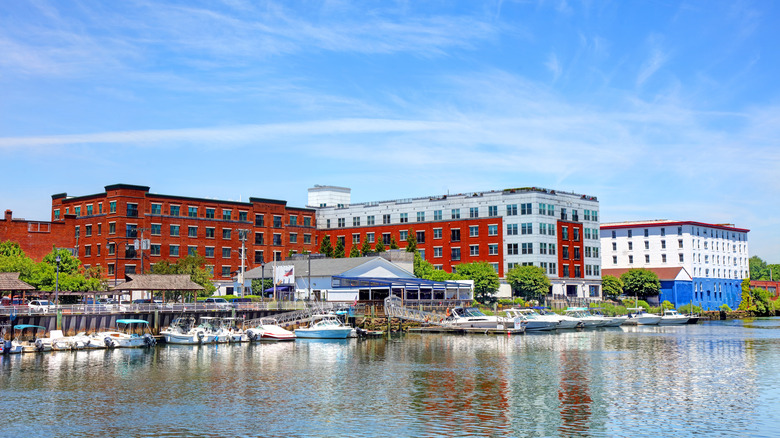


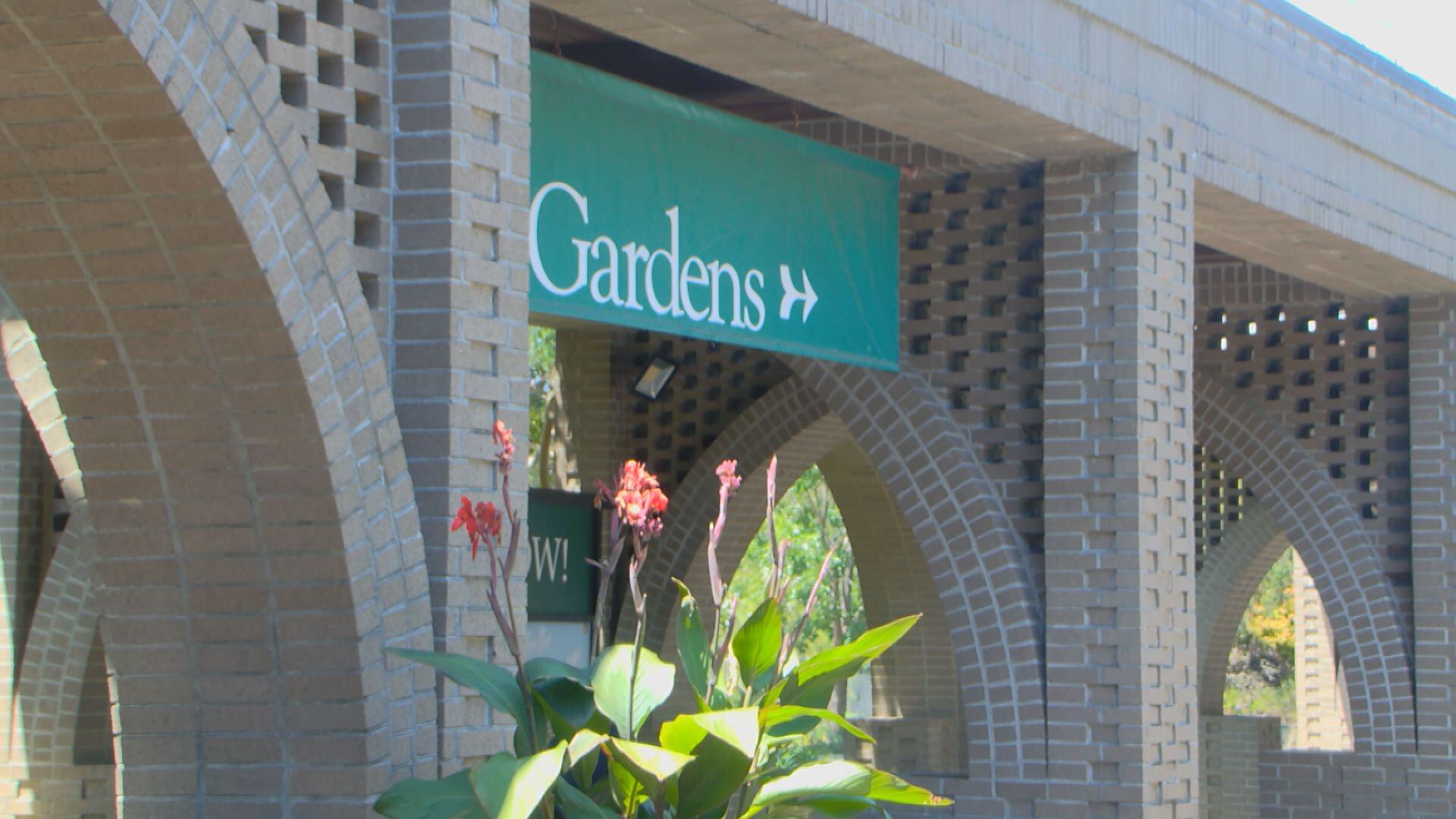




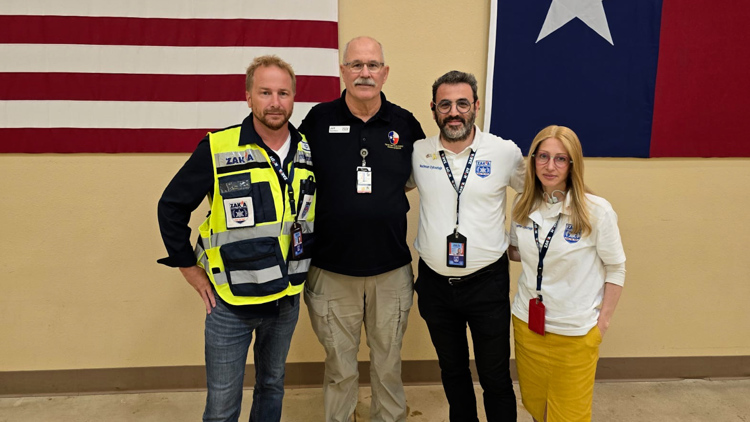
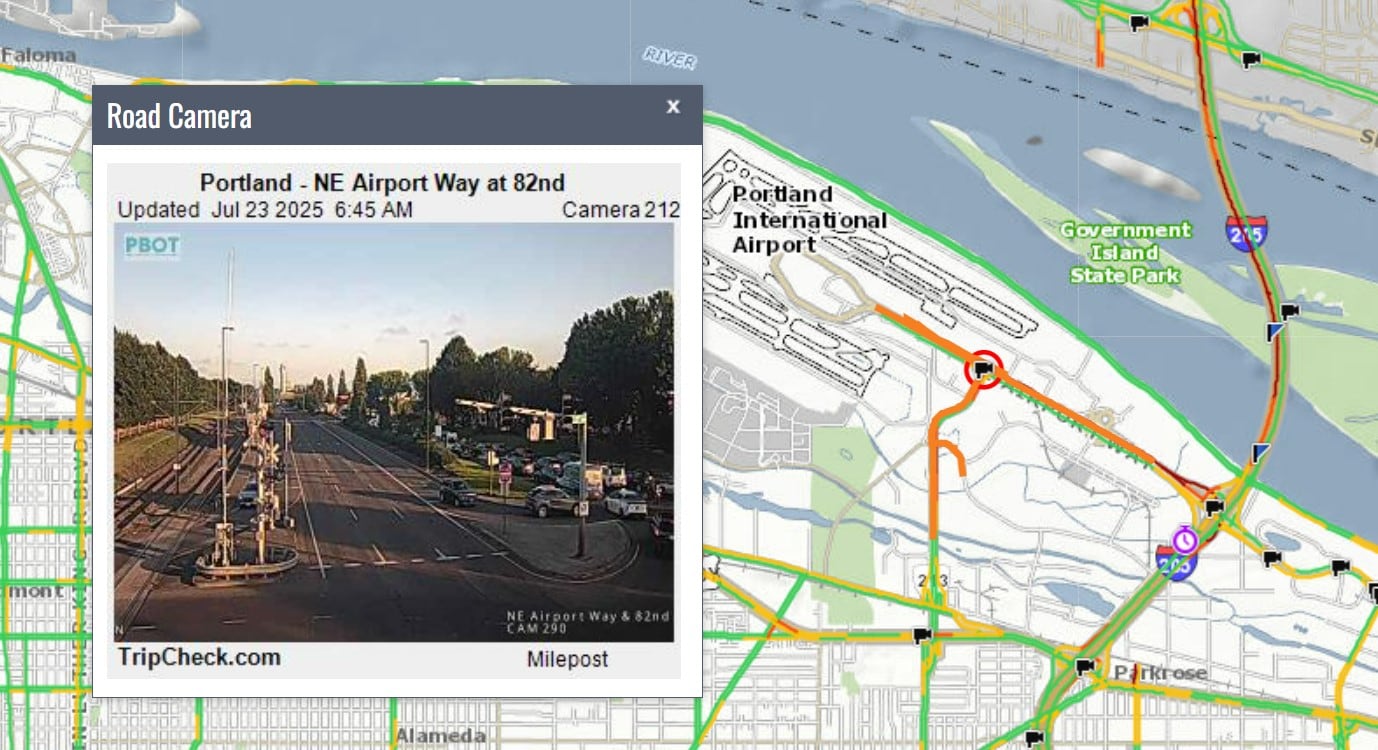
Harmony2123
https://shorturl.fm/WTsaA